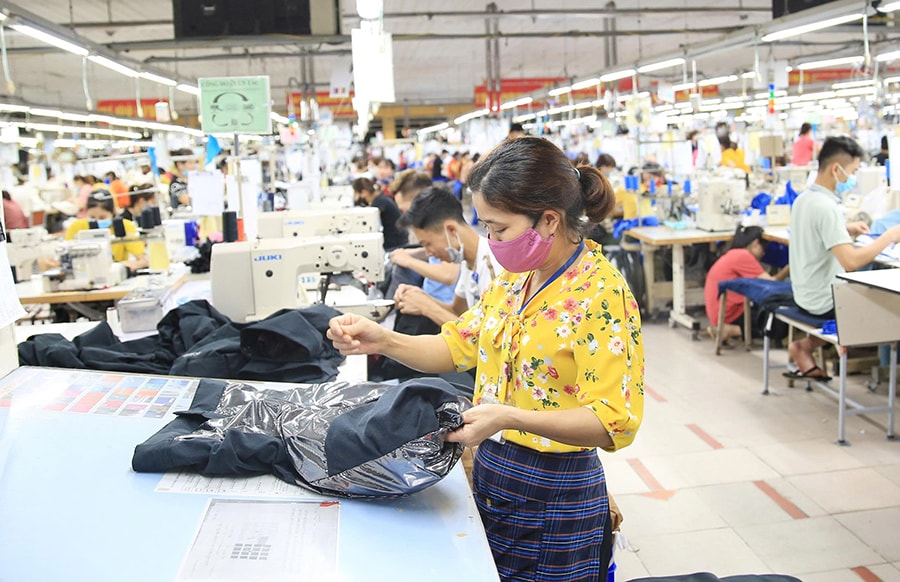
Potential market
According to the Vietnam Trade Office in Canada, after the Comprehensive and Progressive Agreement for Trans -Pacific Partnership (CPTPP) came into effect, Vietnam's textile and garment exports to the Canadian market doubled, from nearly 900 million USD in 2018 to 1.8 billion USD in 2022. In 2024, the total export value of the two main garment codes, HS 61 and 62, reached 1.68 billion USD and this result is expected to be maintained in 2025. According to forecasts, Canada's import demand for the garment group will increase steadily in the coming time.
Vietnamese Trade Counselor in Canada Tran Thu Quynh said that along with garment products, Vietnam's main export items include: Footwear, wood and wood products, seafood, coffee, electronic components, machinery and equipment... are all highly appreciated by Canadian consumers for their quality and competitive prices. "Canada ranks 11th in the world in total import turnover with a value of about 310 billion USD of items including garments, electronic equipment, iron and steel, food, consumer goods...", Ms. Tran Thu Quynh said.
Vietnam is currently Canada's 7th largest trading partner and the largest among ASEAN countries, accounting for nearly 45% of Canada's total imports from Southeast Asia. In 2024, bilateral trade turnover will reach about 7.2 billion USD, of which Vietnam will export more than 6.3 billion USD to Canada and import nearly 0.8 billion USD from Canada.
Deputy Director of the Trade Promotion Agency ( Ministry of Industry and Trade ) Hoang Minh Chien commented that Canada is one of the leading potential markets with an open economy, diverse demand for goods, large purchasing power and a high standard system, acting as an important gateway for Vietnamese enterprises to access the North American supply chain more deeply.
In particular, the fact that both countries are members of the CPTPP Agreement has created favorable conditions to promote bilateral trade cooperation, through commitments on tariff reduction, market opening and procedural reform.
Promote new business forms
However, in addition to the positive results, Vietnamese Trade Counselor in Canada Tran Thu Quynh said that currently, Vietnamese exporters are not interested in the Canadian market. The reason is the large geographical distance, along with the requirements on quality, price, etc. Besides, Canada is a quite competitive market for Vietnam's agricultural and processed food industry because many countries are capable of supplying similar products.
Deputy Director of the Trade Promotion Agency Hoang Minh Chien said that currently, instead of exporting directly, about 4 billion USD worth of Vietnamese goods entering the Canadian market are going through intermediary distribution channels located in the United States. Although still operating smoothly, this distribution model also poses many challenges in controlling the target market, improving the capacity to build a national brand, as well as optimizing added value and developing sustainable exports in the long term.
In addition, Vietnam's export products still face some limitations in deep processing capacity, unclear brand recognition and uneven quality. "This causes many product groups, especially agricultural products and food, to have high output but the export value is not commensurate, most of the profits are still shared through intermediaries," Mr. Hoang Minh Chien assessed.
To overcome the above shortcomings, Vietnamese Trade Counselor in Canada Tran Thu Quynh said that businesses need to make more effective use of CPTPP because the rate of using tariff preferences for Vietnamese exports to Canada is only 18%. With the structure of input materials of the two countries being complementary, the production chains of the two countries have many opportunities to cooperate.
In addition, businesses need to proactively research competitors, market trends and industry opportunities; proactively exploit new business forms such as e-commerce, online auctions, etc. "Items such as shoes, clothes, toys, ceramics, handicrafts, plastic products, etc. are all products that Vietnam can develop in the direction of its own brand, but up to now, Vietnamese branded products are still not widely available in Canada," said Ms. Tran Thu Quynh.
As a company that has been present in the Canadian market, Chairman of the Board of Directors of Renso Foods Thach Vu Thuy Linh believes that Vietnamese businesses need to come together to build and develop Vietnamese brands in this market. Currently, products from exporting countries in the ASEAN region are dominating Vietnam's strong products. Therefore, businesses can cooperate to build a production chain, instead of each business making a product competing with each other...
Source: https://hanoimoi.vn/xuat-khau-sang-canada-huong-mo-cho-thi-truong-top-11-the-gioi-707214.html







![[Photo] Prime Minister begins trip to attend SCO Summit 2025 in China](https://vphoto.vietnam.vn/thumb/1200x675/vietnam/resource/IMAGE/2025/8/31/054128fff4b94a42811f22b249388d4f)





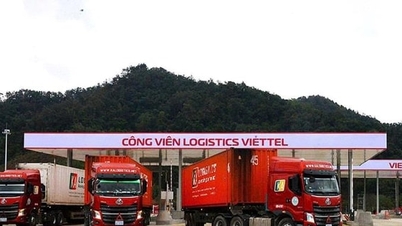








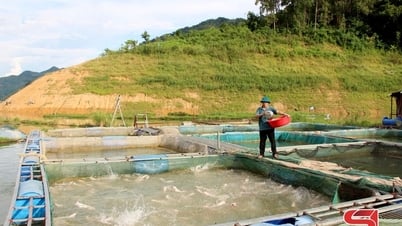












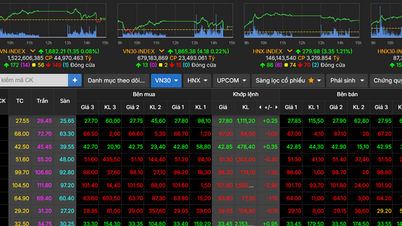


















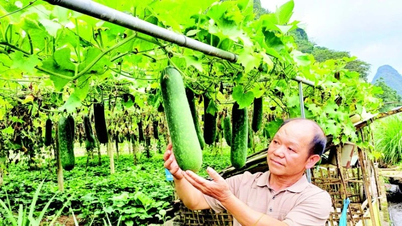






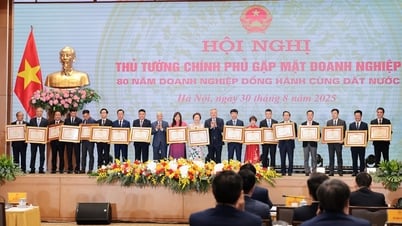




















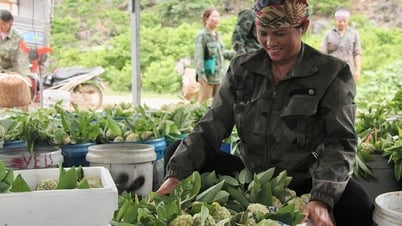



















Comment (0)